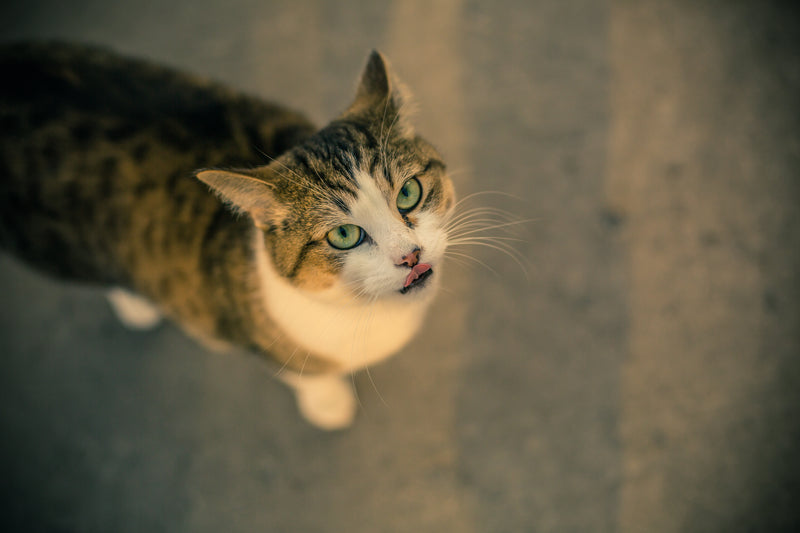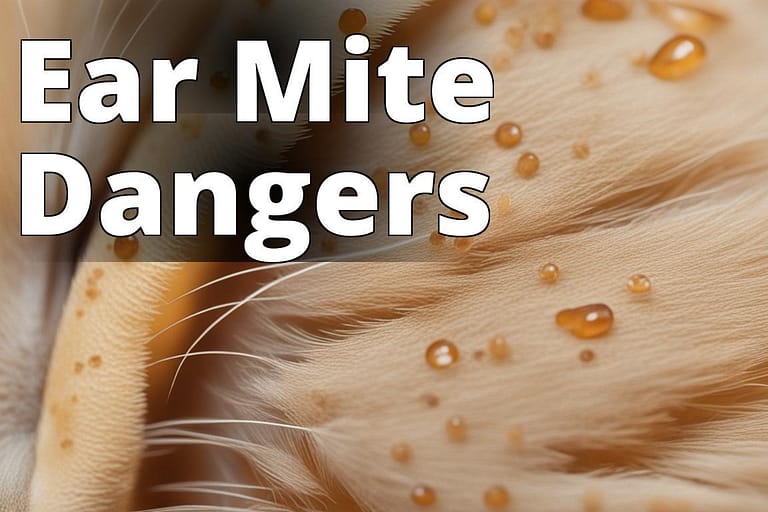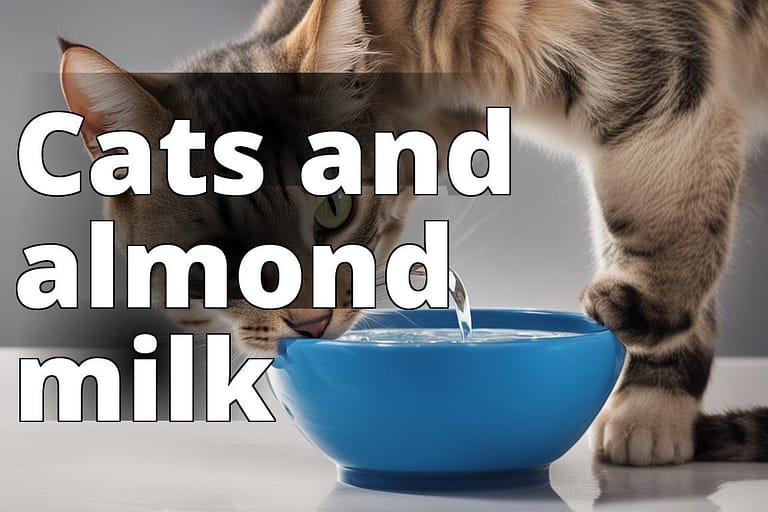7 Shocking Cat Medical Conditions: How Pet Insurance and Locomotion Could Help
Taking care of a cat involves more than just providing them with food and shelter. As a cat owner, it is important to understand their medical conditions to ensure their well-being. Some cat medical conditions can be life-threatening if left untreated. In this article, we will explore common cat medical conditions, the importance of cat health insurance, and how studying cat locomotion could help humans with spinal cord injuries.
Let’s dive in and explore what cat medical conditions you need to be aware of as a cat owner.

Common Cat Medical Conditions
As a cat owner, it is important to be aware of the common medical conditions that your cat may experience.
Urinary Tract Infections
One of the most common medical conditions that cats experience is urinary tract infections. This condition is more common in male cats than female cats, and it can be caused by a variety of factors, such as dehydration, stress, and obesity. Symptoms of urinary tract infections in cats include frequent urination, straining to urinate, and blood in the urine. Treatment for urinary tract infections in cats may involve antibiotics, pain medication, and dietary changes. If you suspect your cat has a urinary tract infection, it is important to seek veterinary care immediately.
According to CBS News, most pet insurance providers do not cover pre-existing medical conditions, including urinary tract infections. This means that it is important to seek veterinary care for your cat as soon as you notice symptoms to avoid having to pay for expensive treatments out of pocket.
Cat Scratching and Biting
Cats are known for their sharp claws and teeth, but when they scratch or bite their owners, it can be a serious problem. Cat scratching and biting can be caused by a variety of factors, such as fear, aggression, and play behavior. In some cases, cat scratching and biting can be a sign of an underlying medical condition, such as hyperthyroidism or arthritis.
According to the CDC, cat scratch disease (CSD) is an infection caused by the bacteria Bartonella henselae that can be transmitted to humans through cat scratches and bites. Symptoms of CSD in humans include fever, red eyes, swollen lymph nodes, tiredness, and/or low appetite. To avoid cat scratching and biting, it is important to provide your cat with plenty of toys and scratching posts to redirect their natural behaviors.
Cat Spraying
Cat spraying is a behavior where a cat will mark their territory by spraying urine on objects or surfaces. This behavior can be caused by sexual, behavioral, or medical reasons. The chemicals in spray urine contain information about your cat’s reproductive availability, making it a way for cats to communicate with other cats. If you recently introduced another cat to the house, your cat might not like sharing resources with someone new and could begin spraying.
According to Insider, treatment for cat spraying may involve identifying the underlying cause, such as stress or anxiety, and providing appropriate environmental enrichments. In some cases, medication may be needed to help reduce anxiety and stress levels.

Cat Health Insurance
Pet insurance can be a valuable investment for cat owners, especially when it comes to covering unexpected medical expenses. However, it is important to understand the intricacies of pet insurance, especially when it comes to pre-existing conditions.
Understanding Pet Insurance for Cats
Pet insurance for cats is similar to health insurance for humans. You pay a monthly or annual premium, and the insurance company provides coverage for certain medical expenses. However, unlike human health insurance, pet insurance requires you to pay the full cost of the medical expenses upfront, and then submit a claim for reimbursement. Depending on the policy, pet insurance may cover routine veterinary care, emergency veterinary care, and/or specialty care.
Pre-Existing Conditions and Pet Insurance Coverage
One important thing to note about pet insurance is that most providers do not cover pre-existing medical conditions. This means that if your cat has a medical condition before you purchase pet insurance, that condition will not be covered under the policy. It is important to read the fine print of any pet insurance policy before purchasing to ensure that you understand what is and is not covered.
According to CBS News, pre-existing conditions are generally not covered under most pet insurance plans. This means that it is important to seek veterinary care for your cat as soon as you notice symptoms to avoid having to pay for expensive treatments out of pocket.
Best Pet Insurance for Cats
When it comes to the best pet insurance for cats, there are a variety of options to choose from. According to WMAR2 News, Pets Best is the top choice for cat owners. Pets Best offers a variety of plans with different levels of coverage, including accident-only, accident and illness, and accident, illness, and wellness coverage. The ASPCA also offers pet insurance for cats, and they guarantee coverage for any congenital or hereditary diseases for cats of any age. It is important to research different pet insurance providers and policies to find the one that best meets your needs and budget.
How Studying Cat Locomotion Could Help Humans
Researchers at the Georgia Institute of Technology are studying cat locomotion to better understand how the spinal cord works to help humans with partial spinal cord damage walk and maintain balance. The research is being conducted in collaboration with the Atlanta Zoo and is part of a larger effort to better understand somatosensory feedback’s role in balance control.
Understanding Cat Locomotion
Cats are known for their agility and flexibility, and their unique anatomy allows them to move in ways that humans cannot. By studying how cats move, researchers hope to gain a better understanding of how the spinal cord works to control movement and balance.
The research involves using motion capture technology to track the movements of cats as they walk on a treadmill. The researchers are also using electromyography (EMG) to measure muscle activity and force plates to measure the forces involved in walking.
How Understanding Cat Locomotion Could Help Humans
The ultimate goal of the research is to develop new treatments for humans with partial spinal cord damage. By understanding how the spinal cord works to control movement and balance, researchers hope to develop new therapies that can improve outcomes for patients with spinal cord injuries.
According to News Medical, the research could bring new understanding to somatosensory feedback’s role in balance control. This could lead to the development of new therapies that target the somatosensory system to improve balance and mobility in patients with spinal cord injuries.
The research is still in the early stages, but the findings could have important implications for the development of new treatments for spinal cord injuries.
Conclusion
Cats are prone to a variety of medical conditions, and it’s important for cat owners to be aware of the most common issues. Urinary tract infections, cat scratching and biting, and cat spraying are all common conditions that can be treated with proper veterinary care.
While pet insurance can be a valuable tool for cat owners, it’s important to understand that pre-existing conditions are generally not covered under most pet insurance plans. According to CBS News, pet insurance providers generally don’t cover pre-existing medical conditions.
Finally, researchers at the Georgia Institute of Technology are studying cat locomotion to better understand how the spinal cord works to help humans with partial spinal cord damage walk and maintain balance. This research could lead to the development of new treatments for spinal cord injuries.
At Pet Pawwy, we’re committed to providing valuable content for cat owners. Be sure to check out our other great articles on cat health, behavior, and more.




Leave a Reply